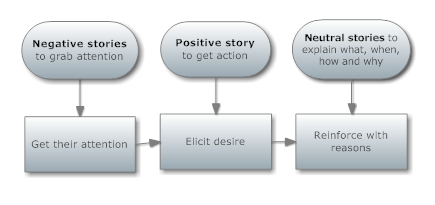 What can we learn from online computer games about content marketing for business? A lot, apparently. If you write content designed to trigger action in readers, pay attention to this.
What can we learn from online computer games about content marketing for business? A lot, apparently. If you write content designed to trigger action in readers, pay attention to this.
My husband, Attila the Honey, plays World of Warcraft, an online game that’s part of the multi-billion dollar gaming industry. If you think computer games are just for kids or young people with too much time, think again. Money spent on games has now surpassed movies and books.
(He swears that his online gaming is market research for his company Razerzone.com, but I don’t buy it.) I do believe it’s true that online games are good for your brain as we age. He’s speaking this weekend at the local Lake Chapala Society about this.
I just watched Seth Priebatsch, a Princeton dropout (something he’s proud of), who’s chief ninja at SCVNGR (“scavenger”), on the online speakers site TED.com. If he’s speaking at a TED conference in Boston, he’s got to have something important to say, right? You can watch it here. (A big thanks to Susan Weinschenck for this link.)
Here are three dynamics we can learn from online games that can be applied to content marketing:
- Appointment dynamics: this persuasion trigger is probably what Cialdini would call the scarcity or urgency factor. There’s no greater example than Happy Hour in bars: show up at a certain time, you get rewarded. It’s also at play in the game Farmville, a popular game that already has 70 million players. How can you use this to persuade readers to take action? Think about your business and how you could include an appointment dynamic to urge responses. (Like all things, there’s a cool way to do this, and a way NOT to do it!)
- Influence and Status dynamics: When games confer a red badge or gold or virtual money to players, their ego and pride causes them to continue playing. What ways can you inspire loyalty and engagement with your readers/ clients /prospects? What’s in it for them? How can you use the status trigger to persuade people to use your services or products? Read More→











